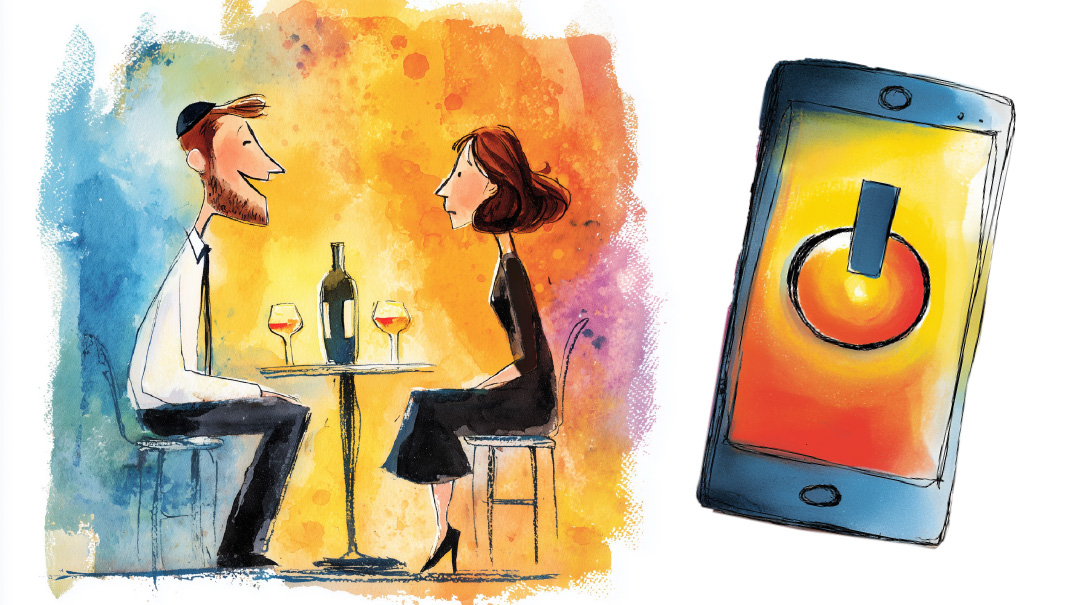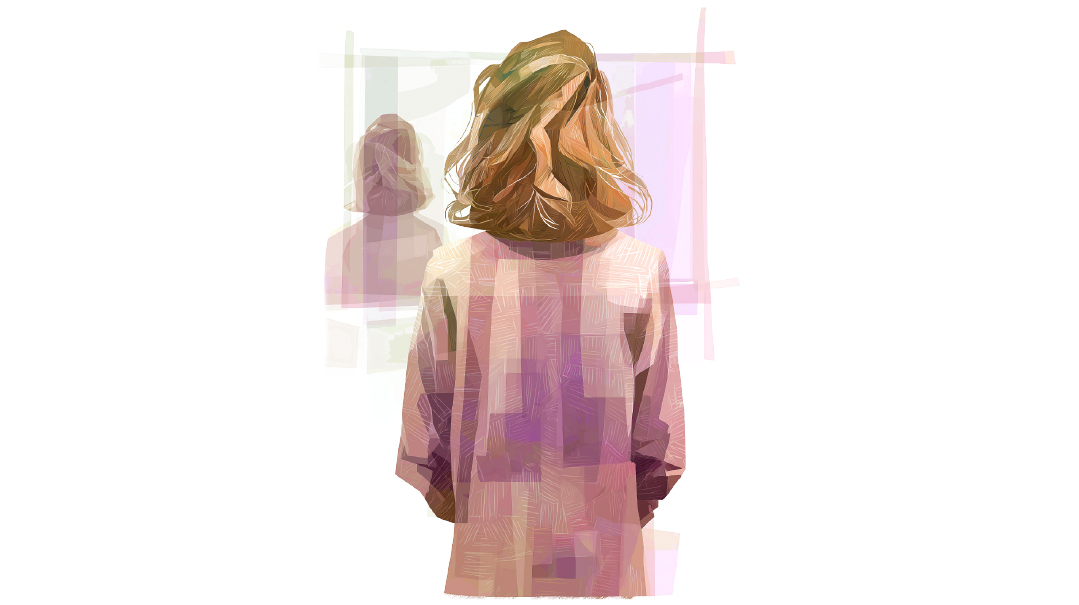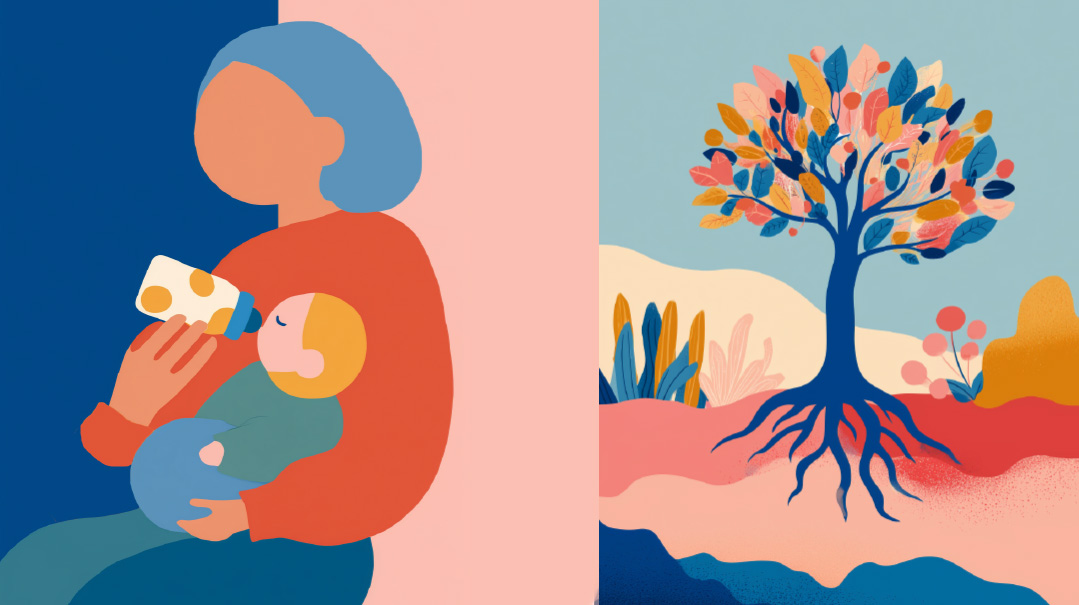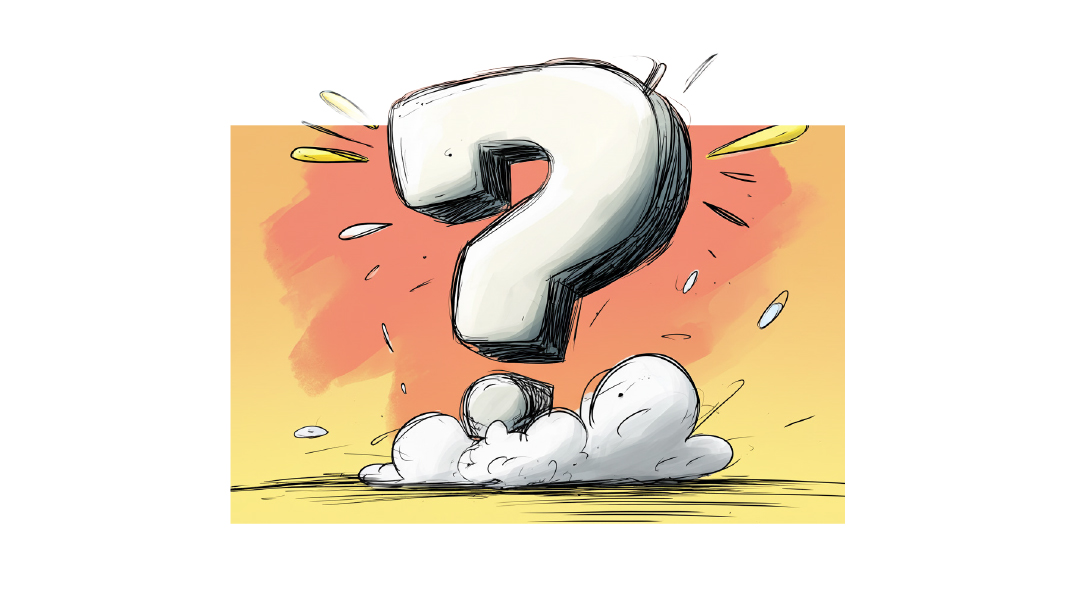Four Zones, Part I
| April 8, 2025When we know what zone we’re in, we know what we’re capable of

Four Zones, Part I
When we know what zone we’re in, we know what we’re capable of
by Sara Eisemann
The human condition is such that we float in and out of four zones:
Comfort
Stretch
Stress
Overwhelm
1. Comfort Zone
This zone is marked by the person feeling safe, capable, and unchallenged. While this zone provides security and stability, staying in it too long can lead to stagnation, living on autopilot, boredom, and disengagement.
Moving too quickly or aggressively out of this zone can push someone straight into stress or overwhelm, so we want to move gently and with curious exploration. We can try to create motivation, where the lure of the goal becomes greater than the comfort of the inertia. (Think, keeping the same cleaning lady even though she doesn’t clean well because it’s such a hassle to look for a new one.)
2. Stretch Zone
This is the ideal learning and growth zone. A person is challenged, but not overwhelmed, pushing their limits without shutting down. This is where transformation happens.
The stretch zone builds resilience, confidence, and new skills. But without the right support, it’s easy for “stretch” to flip into “stress.” So we need to gird ourselves with the appropriate support and reframe hard moments as normal. Pacing is important, and mentorship can be very useful. We do best in this zone when we prioritize process over progress and effort over achievement. (Think, agreeing to give a shiur even though you’re nervous.)
3. Stress Zone
This is marked by feeling overwhelmed but still functional, struggling, experiencing discomfort and possibly self-doubt. Learning and growth still happen here and good things happen, but it’s not sustainable in the long run and can lead to burnout. If we do manage it, we achieve a sense of confidence, pride, and resilience (think, making your first Pesach). One of the most helpful things to do when in this zone is to regulate the self before plunging into problem-solving.
4. Overwhelm Zone
This is when the stress has exceeded a person’s capacity to cope, leaving the person to shut down mentally and emotionally. No learning or growing happens here and the most helpful thing we can aim for is containment and a return to safety and stability. (Think, medical crisis, job loss, a sudden trauma, etc.)
Being able to identify which zone we’re in allows us to recognize what we need and what we are capable of in that moment. It provides us with a method for gaining self-awareness as well as a means of identifying patterns in our life. As we notice these patterns, we’re empowered to reflect on whether there are changes we can make so we can land most often in the growth zones.
Sara Eisemann, LMSW, ACSW, is a licensed therapist, Directed Dating coach and certified Core Mentor.
In our next installment, we will explore some questions that will help us reflect on the zones we find ourselves in.
Expanding Options
By Shira Savit
“I
keep saying I want to stop emotionally eating, but when I actually think about it, I panic. It’s like — I want this so badly, but at the same time, the thought of it scares me.”
I hear versions of this all the time.
For so many women, emotional eating isn’t just about food — it’s about getting through, about survival. It’s what helps them get through the hard moments, the exhaustion, the loneliness, the overwhelming days. You might not love that you turn to food, but at least it’s there. At least it works.
The idea of letting go of it? That can feel terrifying. Because if food isn’t there to lean on, then what? What happens when emotions feel too big, too heavy, too much?
The mindset I encourage is this: Letting go of emotional eating doesn’t mean losing comfort — it means expanding it. It means having more: more ways to feel okay. More space to feel what you’re feeling without immediately needing to numb it. More ways to soothe yourself that don’t leave you stuck in guilt afterward.
And that’s the shift— knowing that food can be a source of comfort, but it doesn’t have to be the only one. When you slowly build other ways to care for yourself, the pull of emotional eating starts to soften. Not because you forced yourself to stop, but because you don’t need it as much anymore.
Shira Savit, MA, MHC, INHC is a mental health counselor and integrative nutritionist who specializes in emotional eating, binge eating, and somatic nutrition. Shira works both virtually and in person in Jerusalem.
Family Time Warp
By Shoshana Schwartz
Y
ou’ve built a life of your own. You’ve grown, matured, changed. But the moment you step back into your childhood home or gather with family, it’s like stepping into a time warp. Familiar dynamics pull you back. You plan to show up differently — more confident, more self-assured — but at the first smirk, the first offhand comment, inertia kicks in. You react as you always did.
It’s natural. It’s automatic. And it’s entirely changeable.
Brace yourself for it. Like a student prepped for a pop quiz, anticipate the moment an old role sneaks in. Then, when your sister good-naturedly (or not) calls you “chubby cheeks,” grab the opportunity. It’s your signal, not your setback, your first moment to rewrite the script — to respond as the adult you are now, not the child they remember.
And when you shift the dynamic, you create space for others to do the same.
Shoshana Schwartz specializes in overcoming compulsive behaviors, including emotional eating, codependency, and addiction. She’s the founder of The Satisfied Self.
(Originally featured in Family First, Issue 939)
Oops! We could not locate your form.







